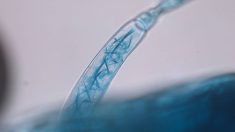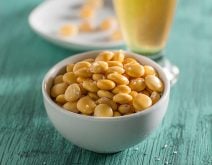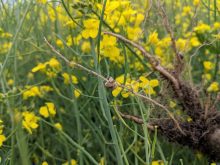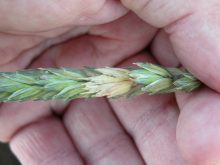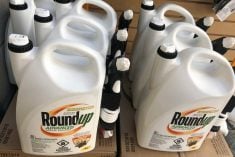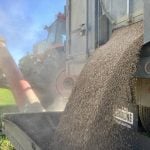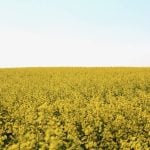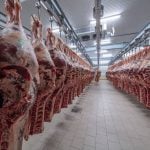Whether it was a late start, an unusually wet growing season or possibly even September snow, there was a lot of weather in 2014 that most of us would rather forget. But let’s not do that too soon. Last year’s weather could have lingering consequences that extend into 2015’s cropping plans.
For one thing, the weather resulted in poorer crop quality across much of the Prairies. So for those anticipating using farm-saved seed in 2015, seed testing should be considered essential because of the increased risk of seed-borne infections. Armed with lab results, you can make an informed decision on whether farm-saved seed or certified seed fits your need. (In either case, a seed treatment should be a priority.)
Read Also

Claas brings 1000 Series SP forage harvesters to Canada
In mid-August, Claas unveiled its new line of Jaguar forage harvesters at an event in Visalia, California, deep in the heart of that state’s dairy region.
If you go the farm-saved route, be sure to test your seed for germination and vigour, which could have taken a hit along with reduced seed quality. Knowing your seeds’ germination results, you can calculate seeding rates that will improve the density of your stand.
Of course, the risk of higher soil-borne diseases should also be a consideration after last year’s weather. Rotating crops is the best solution, but you might need to consider the use of fungicides too.


